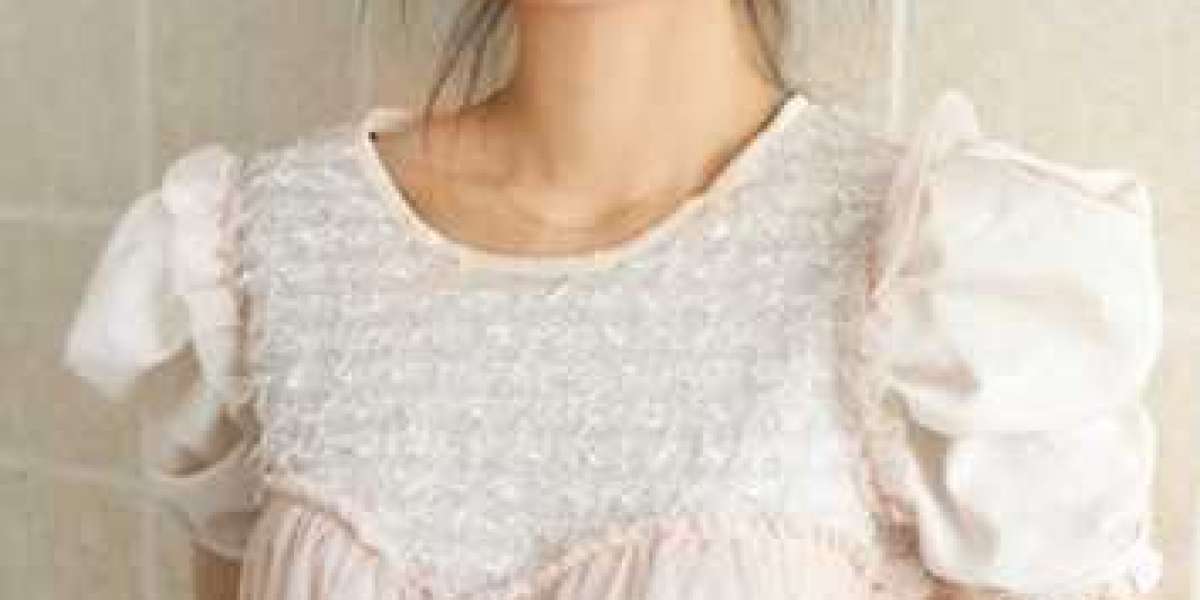Why there’s more to Chinese political art than Ai Wei Wei
arguably China’s most powerful leader since Chairman Mao — took the presidential reigns back in 2013, all eyes have been on China. Thanks to an exponential rise in the government’s already infamously heavy-handed approach to independent thought, as well as a mass crackdown on freedom of expression, the world’s second largest economy is the subject of international scrutiny. The news coverage of Chinese affairs has been dogged with reports on the trade war between China and the US, the recent disappearance of esteemed actress Fan Bingbing, the ban of the Hong Kong pro-independence party, and China’s mass purge of 4000 websites which were deemed to have“improper values.” Despite this stifling climate, there has has been an interesting shift in how art is produced in the country, and the types of issues it addresses.To get more china art news, you can visit shine news official website.
The relationship between Chinese art and politics is extremely convoluted. Rewind some 20 years, when China’s art market first opened its doors to an international audience, and the country’s artistic output was less intertwined with the political propaganda of the past, and more concerned with commenting on the pressing social issues of the day. This was a time when the most renowned Chinese artists were making waves by creating politically charged work that challenged the governmental regime and reflected on the actions of the powerful elite. “That generation of artists — a lot of their art is political,” explains interdisciplinary artist, Pixy Liao. “And when people think about Chinese art, they automatically think about the iconic artworks coming out from that time.” It was an era that gave us artists such as Wang Keping who sculpted works like Idol (1988) in which he prodded at Chairman Mao’s sustained efforts to transcend to the level of a demi-god, as well as visionaries such as Yue Minjun, the artist behind The Execution (1995), a powerful commentary on the bloody Tiananmen Square Protests in 1989. During this period, China’s art was inextricable from its politics — at least, to an international audience.
Nowadays, the link between Chinese art and politics is even more complex, and the bond between the two spheres is open to numerous interpretations. Take Ai Weiwei, for example, undoubtedly the most well-known Chinese artist of our time, who stated (in an article for The Guardian) that “the Chinese art world does not exist”. Ai vehemently believes in the fact that in a society like China, as it stands today, artwork must be political to truly be art because it needs to reflect and comment on the current climate and stand for something. This intrinsic link that Ai sees between art and politics is something that he expresses unabashedly in his own work — something that has resulted in his disfavour in the eyes of the Chinese government. Contemporary artist Zhao Zhao agrees. “There is no way to bypass politics. Even an artist who is not in contact with the outside world, all his actions and choices made in the studio alone can’t get rid of politics.”
It’s a common misconception that contemporary Chinese art is no longer as political as it once was. The current generation of Chinese artists have grown-up in a completely different environment than the politically-motivated artists of previous generations. As an active member of the Red Guard, artists like Wang Keping experienced firsthand the effects of the Cultural Revolution and the atrocities of June 4th. In contrast, the post ‘80s and ‘90s generation of Chinese artists grew up in a time when the cultural and societal fabric of China was transformed by globalisation. As Barbara Pollack, award-winning art critic and author of the new book, Brand New Art from China: A Generation on the Rise, explains, China has gone from being 75% agricultural and isolated from the rest of the world, to more than 50% urban. The affect that’s had on Chinese identity is a dramatic one.
Nowadays, Chinese artists are creating work that is less aimed at overtly critiquing the governmental regime, but touches upon topics they urgently want to express. “It is the artist’s responsibility to give feedback on the reality of the moment,” agrees digital artist Aaajiao. The new generation of Chinese artists tend to be more concerned with twenty-first century problems such as environmental concerns, urban malaise, the digital era, and gender, to name a few. But this does not mean that their work is not political. Politics is not just narrowly defined as the government of a country. Rather it is a term that extends to far-reaching social concerns.and is intrinsically linked to almost everything we do or create. This is particularly evident in a society like China’s which is so concerned with pumping out nationalistic, governmental propaganda — much of which is targeted at this new generation. “The young Chinese artists are going against that trend,” Pollack states. “I think that even an artist who is doing abstract paintings in China is doing something political because he is not doing what the government is telling him to do.”
In this way, contemporary Chinese artists are just as politically engaged as they have ever been. Although Chinese society is now more hostile towards freedom of speech, the new generation of artists are much more creative and subtle in terms of the political ideas and motifs they express. Take the artist Sun Xun, for example: a visual artist who creates politically inclined animations, all of which contain one key character, a ‘magician’ who deceives the audience with his tricks and who acts as a symbol for a political figure.
“Younger artists are less interested in making superficial political signs [in] their practices, but are trying to decode various layers of political information in their works,” explains artist Zhang Ruyi. However, as artists in China, as opposed to the West, it’s necessary to find strategies to protect their freedom to created, whilst simultaneously confronting and expressing beliefs about the socio-political issues close to their hearts. In a repressive society that shuts down public dissent against the regime and “takes away” people who don’t agree with the status quo, the new generation of Chinese creatives are finding new and innovative ways to express their sentiments through art, all the while ensuring that they don’t put themselves in danger.














